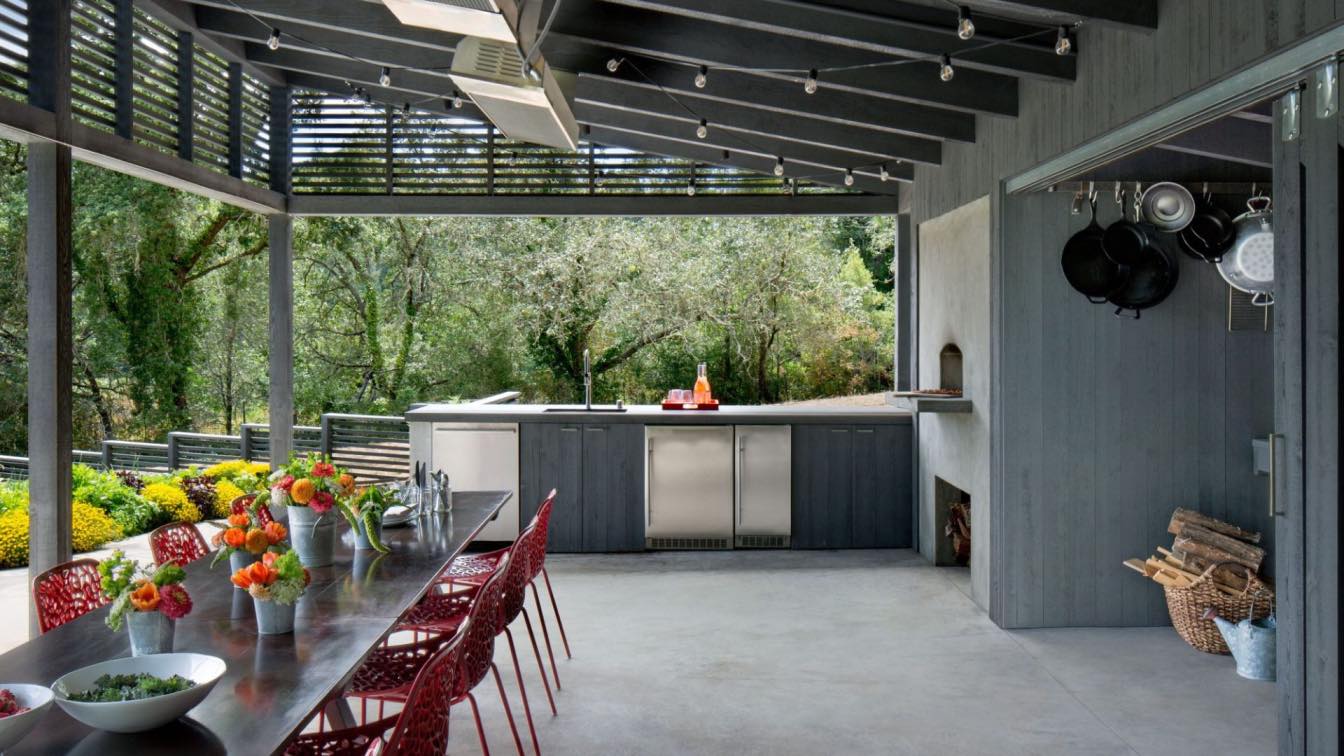Taking out a home loan is a significant responsibility and balancing it with the costs of architectural investments can present unique financial challenges. Your financial situation will largely dictate the strategies you can employ. Managing the debt from a mortgage while also investing in changes to your property requires a clear understanding of your home equity and the long-term impact these decisions have on your finances.
You should consider how using a portion of your home equity can fund renovations, which often appear as a sensible move given that it's tied directly to your property. However, it's crucial to calculate the potential increase in your home's value against the cost of borrowing.
Exploring different types of credit and loan offers can reveal opportunities to finance your architectural projects without over-leveraging yourself. Remember, maintaining a balance is key—over-investment in your home can be financially precarious if not correlated with improvements in your property value.
Understanding Home Equity and Mortgage Options
When considering a home loan and subsequent investments in architecture, understanding your home equity and the variety of mortgage options available to you is essential. These choices will directly influence your ability to finance and prioritize improvements effectively.
Exploring Equity Loans and HELOCs
Home equity is the portion of your property that you truly "own"—the difference between the property's value and the balance owed on your mortgage. You can utilize this equity by obtaining a home equity loan or a Home Equity Line of Credit (HELOC).
A home equity loan provides a lump sum of cash upfront, typically with a fixed interest rate. In contrast, a HELOC offers a revolving credit line, similar to a credit card, often with variable interest rates where you are free to withdraw as needed up to a certain limit.
Comparing Fixed Rate and Adjustable Interest Rates
The interest rates in your mortgage greatly impact your monthly payments and the total cost over the life of the loan.
Fixed-rate mortgages keep the same interest rate throughout the entire term, giving you predictable and unchanging monthly payments.
On the other hand, adjustable-rate mortgages start with a lower interest rate for a set period, after which the rate can change at predetermined intervals—potentially leading to higher payments in the future.
Mortgage Types and How They Affect Home Improvement Financing
Various mortgage types influence your decision-making when it comes to financing home improvements.
A traditional mortgage may restrict your ability to borrow additional funds, whereas a cash-out refinance allows you to take out a new mortgage for more than you owe and receive the difference in cash, capitalizing on the equity you've built up.
Strategizing Financial Commitments for Home Renovations
Embarking on home renovations can be financially demanding, but with the right strategy, you can balance your loan repayments while still investing in upgrades.
It's essential to prioritize improvements that boost your home value and manage your budget effectively to ensure financial stability.
Balancing Loan Repayments with Investment in Upgrades
When you're paying off a home loan and looking to invest in architectural improvements, your budgeting skills are put to the test.
Monthly payments should not be compromised, as they impact your credit and the overall cost of the loan. It's wise to assess the amount of additional debt you can reasonably handle while making improvements. Aim to start with projects that are essential or provide a high return on investment.
Essential Repairs: Prioritize these to prevent further damage and higher future costs.
High ROI Projects: Typically kitchens and bathrooms, can greatly increase your home value.
Prioritizing Home Improvements That Increase Value
Not all renovations will offer equal returns. Identify improvements that will increase the value of your property and align with your long-term plans, whether you're staying put or preparing to sell.
Compare the estimated increase in home value with the cost of the renovation to ensure it's a sound investment. For instance, a minor kitchen remodel can recoup a significant percentage of the cost in home value.
Budgeting for Success: Managing Expenses
Create a detailed budget that outlines both your renovation costs and your existing financial obligations. Knowing where your finances stand before taking on a home improvement project will help you avoid overspending.
- Set aside a contingency fund of at least 10% to cover unexpected costs.
- Look for ways to reduce renovation expenses, such as doing some work yourself or choosing more affordable materials.
By strategizing your financial commitments, you can navigate the complexities of balancing home loan repayments and investing in renovations with confidence. Your efforts will not only maintain the structural integrity of your property but can also enhance its marketability and livability.
Navigating Risks and Rewards of Leveraging Home Equity
When using your home's equity to secure additional funding, it's crucial to understand both the potential risks and advantages. Decision-making should be informed by a combination of financial savvy and personal circumstances.
The Impact of Credit Scores and Debt-to-Income Ratio
A home equity loan or line of credit can affect your credit score and debt-to-income ratio, both critical factors lenders consider in future finance applications. To avoid a negative impact, ensure you can manage the additional debt without overextending your financial commitments. Successfully navigating these factors could help you avoid high-interest debt consolidations later.
If you're considering selling, understanding whether you can sell your house with a secured loan is crucial to avoid financial complications during the sale process.
Weighing the Pros and Cons of Securing Additional Loans
Using the equity in your home can provide a substantial amount of capital for architectural investments, potentially increasing your property's value.
However, it comes with risks including the possibility of foreclosure if you're unable to meet payment obligations. Securing additional loans against your home should be approached cautiously, considering the consequences of default, which could include losing your home.
Understanding Tax Implications and Benefits
Accessing home equity could offer some tax deductions, specifically on interest paid if the funds are used for home improvements. It's essential to consult a tax professional to confirm eligibility for these benefits and to understand the full extent of potential tax implications.
Conclusion
Financing your home renovations and making further architectural investments require a balanced approach. By effectively leveraging financial tools such as 401(k) loans or home equity lines of credit (HELOC), you can invest in your property while maintaining financial stability.
Before taking a home loan or considering a HELOC, factor in the potential increase in your property’s value. It is essential to consider how these changes could affect your future financial plans, including the possibility of refinancing or eventually selling your home.
Remember that while investing in your home can yield considerable returns in the long term, it should not come at the expense of your financial health. Be strategic, informed, and cautious in your approach to financing home renovations.





